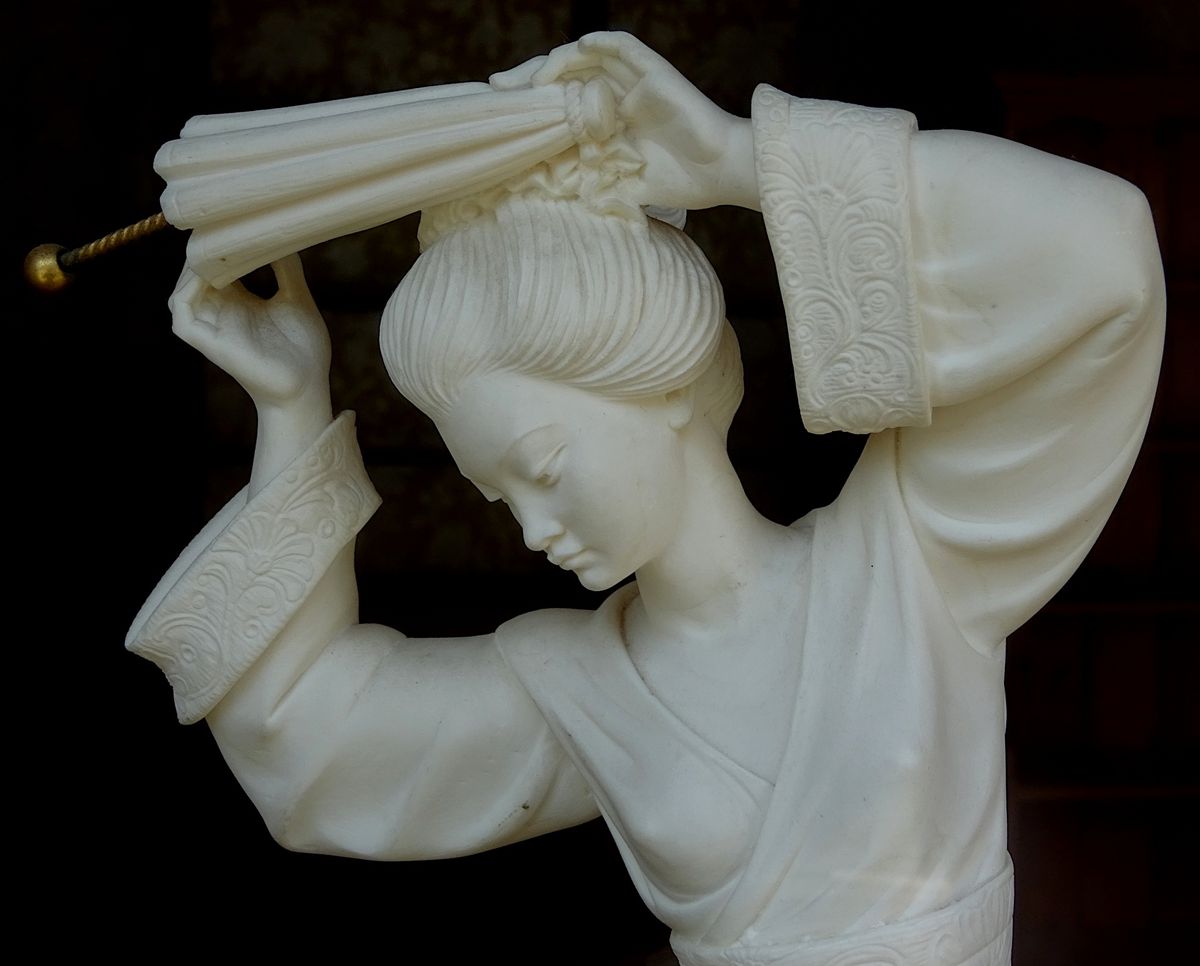I: Alabaster
How Christianity systematically erased its founder.

Good morning. Today is primidi, the 21st of Nivôse, Year CCXXXI. We celebrate pierre à plâtre, an archaic term for gypsum powder that means "plaster stone."
Alabaster means "of Bast," an ancient Egyptian goddess who appeared as a lioness, fierce and protective. She was often depicted atop ointment jars, charged with protecting precious religious fluids that were central to the worship of that culture. The jars were usually carved of alabaster because it was easy to chisel into ornate shapes, easy to hollow out, and could even be worked to be semi-transparent, making it possible to see how much ointment was inside. Bast and the material became interchangeable, and thus, alabaster.
As time went on, and the civilizations of the Middle East adopted and adapted many of the Egyptian religious rituals and practices (particularly the Hebrews, who had been enslaved there), it remained customary to keep expensive oils and perfumes in an alabaster jar or box. Instead of a stopper, these would be sealed shut, so you would break open the vessel to use the oil, signifying sacrifice.
One such instance is cited with extreme frequency in evangelical Christian circles, where "alabaster" has become synonymous with tithing. In the Gospels of Matthew, Mark, and Luke, the same story is repeated of a woman in Bethany breaking open an alabaster box of perfume that she was saving for her own funereal rites, and pouring the entire contents over the head of Jesus to anoint him.
If you Google this, it's become popular because of its obvious example of making a great financial sacrifice to Jesus, and you'll often see it used along with an exhortation to take personal savings and donate them to the church.
But new research shows the significance of the story is much deeper than enabling two-bit swindlers to use the Bible in their con game. In fact, the woman in Bethany was not just a random character, but one of the founders of the Christian church itself – on a par with Peter, the first Pope – who time and early scholars have systematically erased and minimized.
Jesus wasn't being given a poor woman's wealth. Jesus was being baptized by Mary, the Tower of his ministry, and the first to utter her belief in his divinity as the son of God. The woman in Bethany was Mary Magdalene.



